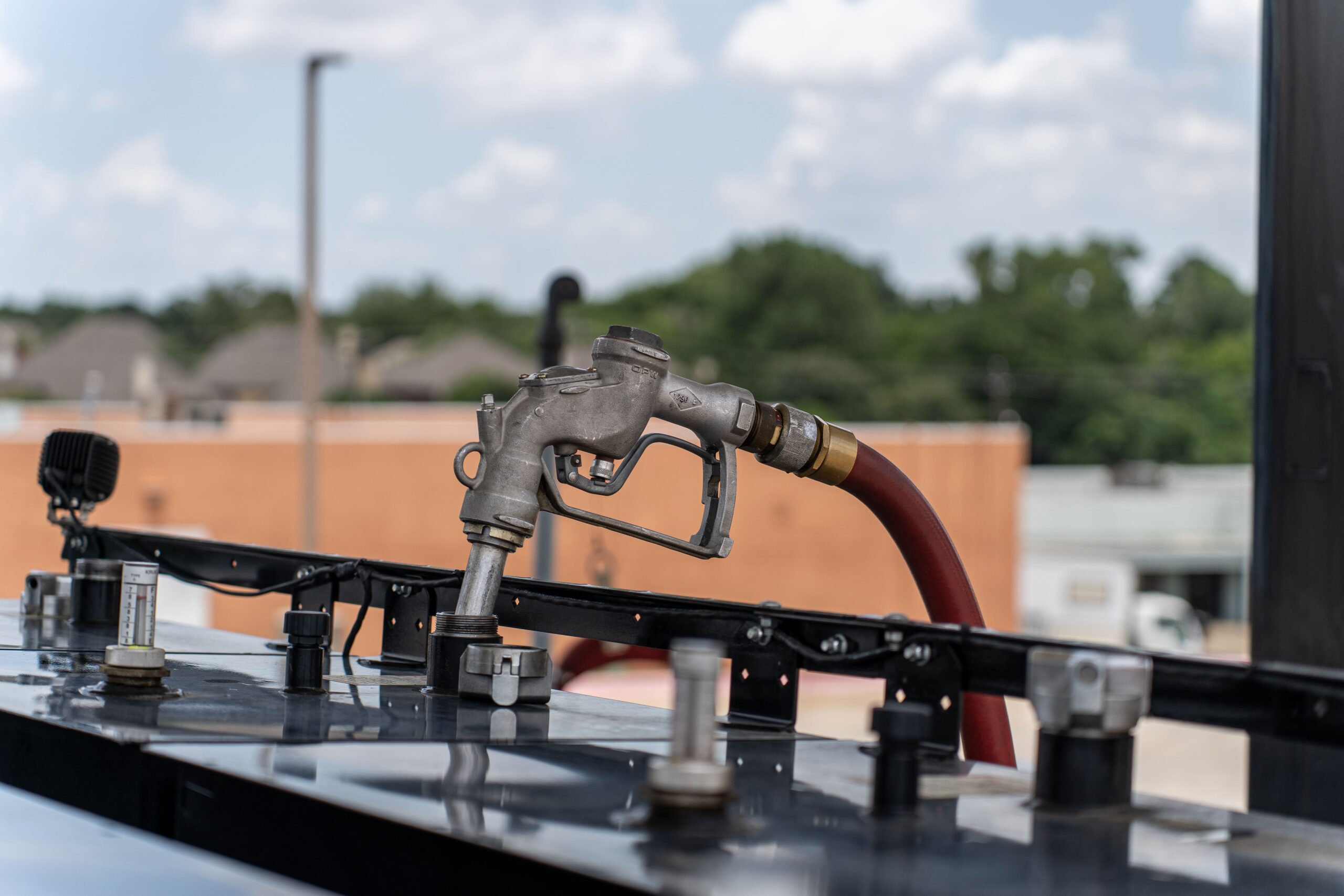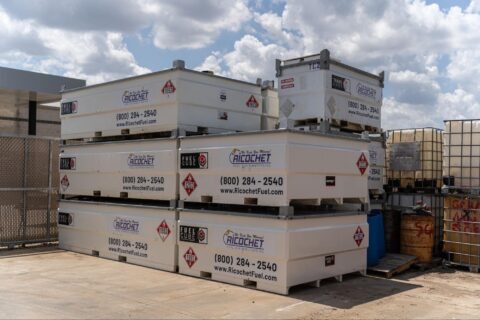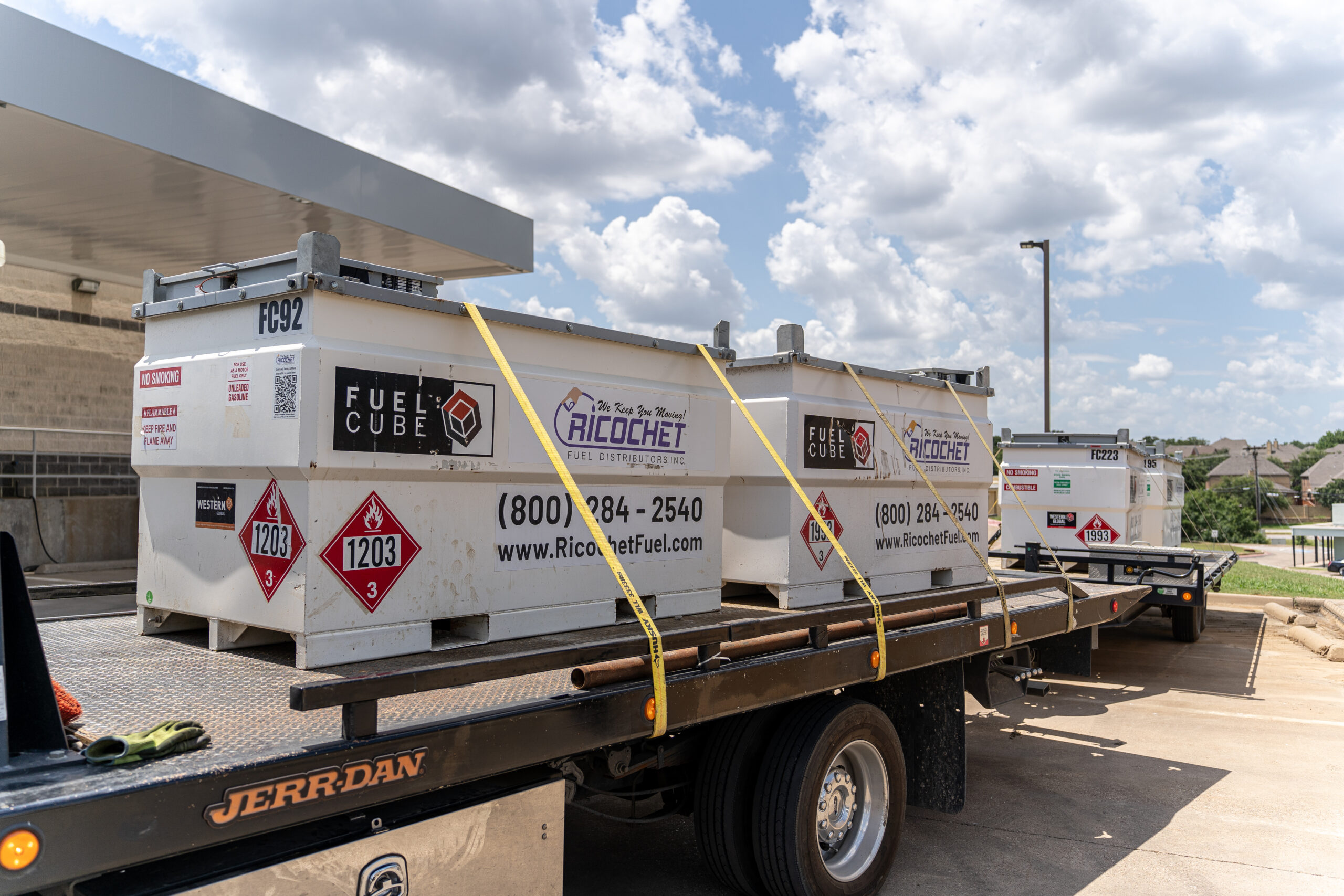Strategies for Maintaining Efficient On-Site Tank Operations
A reliable on-site fuel tank is not just a convenience but a must in any industry, such as construction, agriculture, and logistics. On-site refueling is essential in businesses to ensure that equipment such as heavy equipment, generators, and vehicles remain operational without expensive downtimes. To ensure efficiency and safety in on-site fuel storage, however, it takes more than keeping tanks full. It is associated with intelligent planning, frequent maintenance, and high-quality safety measures.
This blog will discuss the practical methods of how to enhance site fueling services and how businesses will be able to manage the fuel in a more efficient way, ensure they are in compliance, and that their operations will be more reliable in the long run.
The Importance of On-Site Fuel Management

On-site fuel management is very important in maintaining the smooth and safe running of operations. The malfunction of equipment, environmental risks, and unforeseen expenses can be caused by poor maintenance or contamination. Effective on-site fuel service ensures a safeguard on productivity and the environment at low costs.
The major advantages of the appropriate on-site fuel control are:
- Continuous operations: This is due to continuous on-site refueling, which avoids downtime occasioned by fuel shortage.
- Economic efficiency: Smart monitoring and storage practice helps to minimize wastage and the cost of maintenance.
- Environmental Protection: Proper fuel handling will help reduce leakage, spillage, and soil contamination.
- Compliance with regulations: Adherence to regulations helps your business to stay out of fines and court cases.
With the application of these principles as a priority, companies are able to prolong the operational period of their on-site fuel tanks and ensure the daily operations are efficient and safe.
Key Strategies for effective On-Site tank Operations
In order to guarantee the seamless operations and long-term stability, the following are the best strategies to use in the management of on site fuel tanks and on site refueling systems.
1. Periodical Checks and Preventive Service
On-site fuel tanks should be inspected regularly to identify corrosion, leaks, or wear before these problems develop in a severe manner. Tank cleaning, checking of seals, and pressure tests are some of the preventive maintenance measures to ensure that fuel is clean and safe. Hiring professionals to conduct regular inspections will ensure that safety standards are met and that the refueling operations on-site are not stopped.
2. Ensure Quality and Purity of Fuel
Polluted on-site fuel may cause damage to the machinery and decrease productivity. Water, microbes, and sediments are usually the perpetrators that affect quality. Companies ought to conduct frequent fuel testing, filtration, and use stabilizers to maintain the purity of fuel. On-site fuel storage can be clean and of good quality, and this helps in reducing the cost of maintenance.
3. Adhere to Safety and Environmental Rules
On-site fueling services are not subject to bargaining. By following the laws, particularly the environmental and safety laws, one has not only legal cover but a stable operation as well. Spill prevention measures involve the use of secondary containment systems, proper labeling, and reducing risk. Regular audits can be used to ensure that all on-site refueling activities comply with local and federal regulations.
4. Train Employees for Safe Fuel Handling
One of the greatest causes of fuel management accidents is human error. The culture of responsibility can be created through the provision of training on the emergency response, handling procedures, as well as on-site fueling service safety. Safety drills and refreshers are regularly used to ensure that the staff is well prepared to handle any leakages or spills of liquid that might occur.
5. Adopt Technology in Smarter Surveillance
Technology has the potential to change the way businesses handle on-site fuel storage. Smart sensors and monitoring systems determine the level of fuel, leakages, and notify teams in real-time. Through these systems, predictive maintenance is possible, and the on-site refueling schedules are optimized. Data analytics also enhances the fuel usage insights, which helps operations to be more efficient and cost-effective.
6. Collaborate with Sustainable Fuel Tank Suppliers
By dealing with trusted fuel tank suppliers, the quality of your tanks will be good and safe. Consistent suppliers have long-lasting tanks, technical advice, and continuous maintenance service. Such a good collaboration can ensure that the breakdowns are avoided, contamination is minimized, and reliable onsite fueling services are ensured over many years.
7. Plan Refueling and Inventory Management
Inventory control and scheduling of fuel ensure that fuel tanks are in place and not filled to the brim. Monitoring the trend of fuel consumption assists businesses in predicting the demand, preventing shortages, and efficiently planning the delivery. Good on-site fuel service planning limits buying at the last minute, minimizes wastage, and keeps the operations running continuously.
Conclusion
Good on-site fuel tank management is a combination of proactive maintenance, quality management, safety management, and technological advancements. These strategies can enhance the on-site fueling services, reduce the operational risks, and enhance the productivity of businesses. Be it in construction, agriculture, or logistics, you have your equipment operating and your projects on time with proper on-site fuel storage practices.


